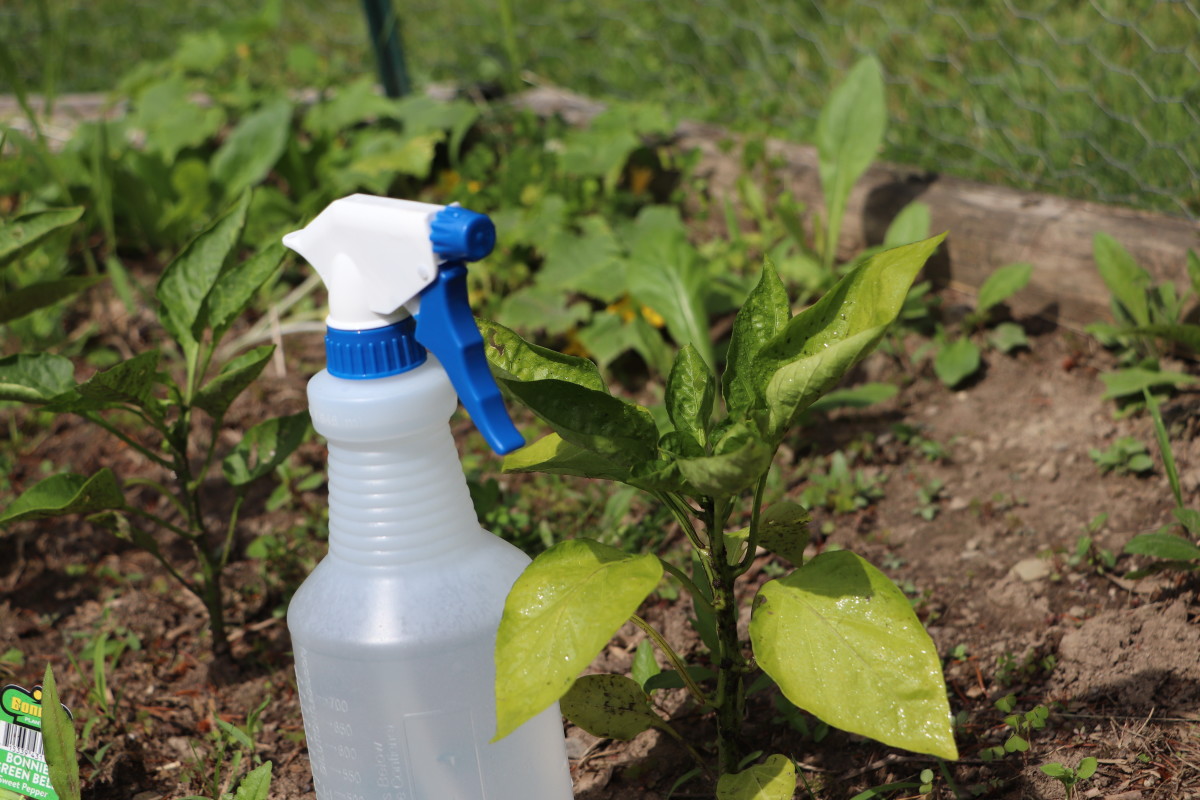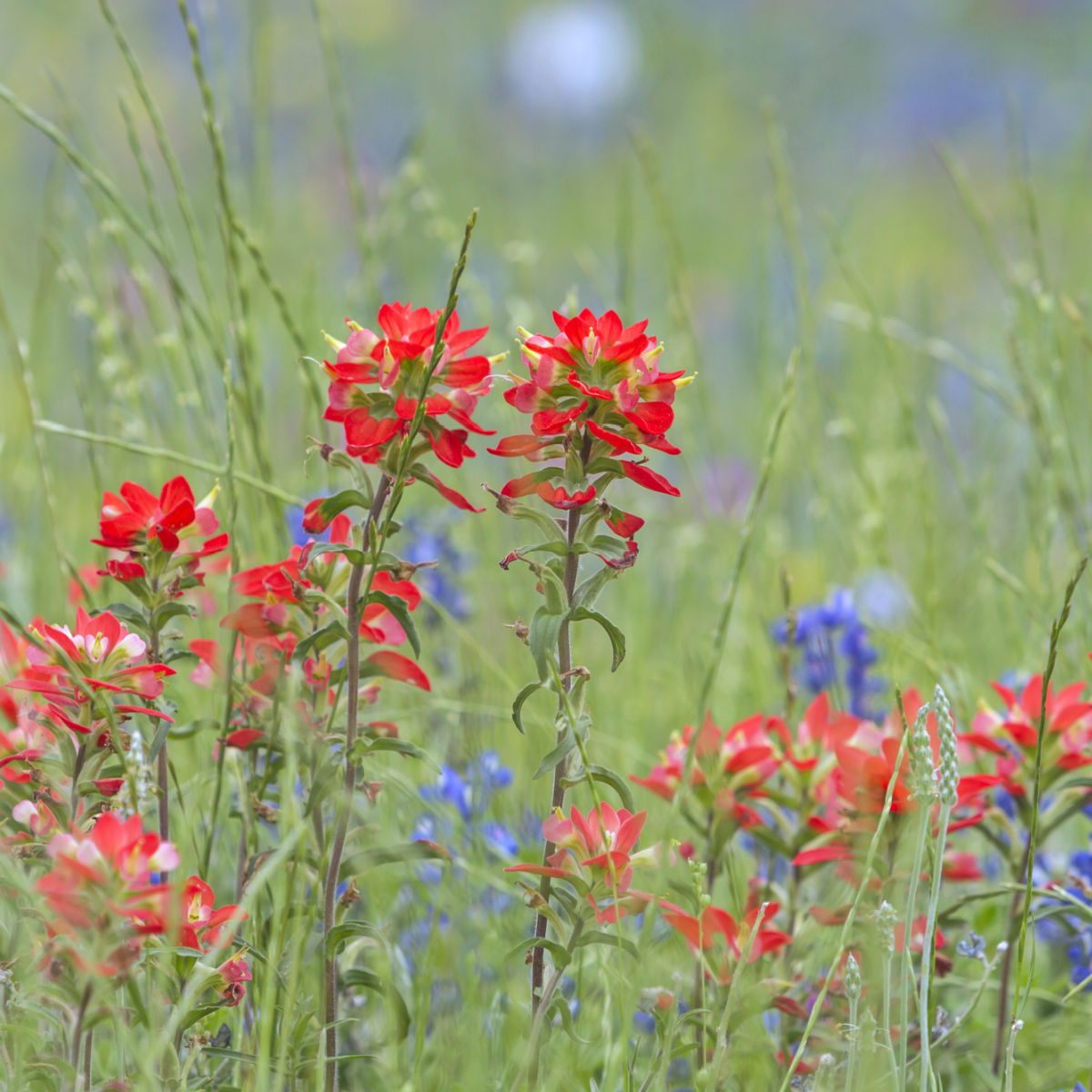Learn About the Particular Plants That Are Detrimentally Affected by Epsom Salt Application
Epsom salt, a preferred household treatment for numerous gardening issues, is often applauded for its advantageous results on plant growth. Not all plants react positively to its application. Comprehending the specific plants that can be adversely influenced by Epsom salt is vital for any kind of gardener wanting to enhance their plant treatment routine. Roses, tomatoes, azaleas, rhododendrons, and peppers are just a few instances of plants that might not respond well to Epsom salt. The reasons behind these unfavorable results and exactly how to minimize them are crucial knowledge for maintaining a thriving garden.
Roses

Roses, especially sensitive to changes in their atmosphere, can be negatively influenced by the application of Epsom salt. While Epsom salt is generally utilized as a plant food to promote plant development and improve flowering, roses are just one of the plants that do not respond well to its application. The high magnesium material in Epsom salt can interfere with the uptake of various other necessary nutrients by the rose plants, resulting in shortages that show up as yellowing fallen leaves or stunted growth.

Tomatoes
While Epsom salt is typically promoted as a treatment for different plant problems, including blossom end rot in tomatoes, its application can lead to harmful outcomes if not made use of deliberately. Extreme Epsom salt, which is magnesium sulfate, can interfere with the fragile nutrient equilibrium needed by tomatoes, possibly leading to shortages in other crucial nutrients like calcium. When taking into consideration the usage of Epsom salt on tomatoes, it is important to adhere to advised application prices and dirt screening to avoid unintended consequences on the total wellness and productivity of these precious garden plants.
Peppers
Peppers, revered for their numerous colors and levels of spiciness, can demonstrate susceptibility to unfavorable effects from Epsom salt when not applied with treatment and factor to consider for their details nutritional needs. what plants don't like epsom salt. Peppers, coming from the Solanaceae family, call for a fragile equilibrium of nutrients to flourish. While Epsom salt is known to increase magnesium levels in plants, extreme application can interrupt this stability, resulting in adverse impacts on pepper plants
When peppers are exposed to high levels of magnesium from Epsom salt, it can hinder the plant's capacity to soak up various other vital nutrients like calcium and potassium. This imbalance might show up in symptoms such as fallen leave discoloration, stunted growth, and lowered fruit manufacturing. Furthermore, the excessive magnesium can change the dirt pH, additional aggravating nutrient uptake concerns page for peppers.

Rhododendrons
Given the sensitivity of certain plant varieties to discrepancies brought on by Epsom salt, it is vital to take into consideration the effect on Rhododendrons, which additionally require details nutrient degrees to flourish. Rhododendrons are acid-loving plants that like acidic dirt conditions with a pH array between 4.5 and 6.0. Epsom salt, chemically recognized as magnesium sulfate, can alter the soil pH and interrupt the delicate equilibrium of nutrients essential for Rhododendron health.

To preserve the optimum development and health and wellness of Rhododendrons, it is essential to prevent the indiscriminate use Epsom salt and instead concentrate on offering the specific acidic dirt conditions and nutrients that these plants require for prospering.
Azaleas
Azaleas, known for their dynamic blooms and wide variety of shades, are ornamental hedges that come from the Rhododendron genus. These preferred flowering plants are often located in gardens, landscapes, and parks due to their beauty and convenience. Azaleas are sensitive to changes in dirt pH levels, which can significantly influence their growth and total health. While Epsom salt is generally utilized as a remedy for magnesium shortage in plants, its application to azaleas can have unfavorable impacts.
Azaleas favor a little acidic dirt problems, and an excess of magnesium from Epsom salt can interrupt this equilibrium, leading to nutrient imbalances and possible poisoning problems. The inaccurate application of Epsom salt can result in stunted growth, yellowing of leaves, and total decline in the health of azaleas.
Conclusion
To conclude, it is necessary to be aware of the certain plants that can be adversely impacted by the application of Epsom salt. Roses, tomatoes, azaleas, peppers, and rhododendrons are some examples of plants that might not take advantage of Epsom salt and might even experience injury. It is important to research study and comprehend the demands of each plant species before making use of Epsom salt as a plant food to ensure their health and wellness and wellness.
Recognizing the specific plants that can be detrimentally affected by Epsom salt is important for any kind of garden enthusiast looking to maximize their plant treatment routine. While Epsom salt is frequently made use of as a plant food to promote plant growth and enhance flowering, roses are one of the plants that do not react well to its application.Extreme usage of Epsom salt can also result in a build-up of salts in the soil, leading to root damages and dehydration of the rose plants. While Epsom salt is known to increase magnesium degrees in plants, too much application can interrupt this stability, leading to adverse impacts on pepper plants.
The high salt content in Epsom salt can additionally dry out Rhododendron origins, causing further tension and damage to the plant. (what plants don't like epsom salt)